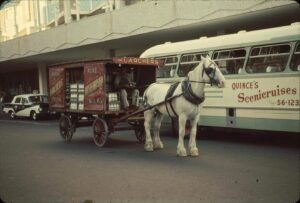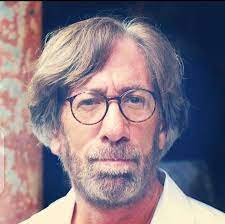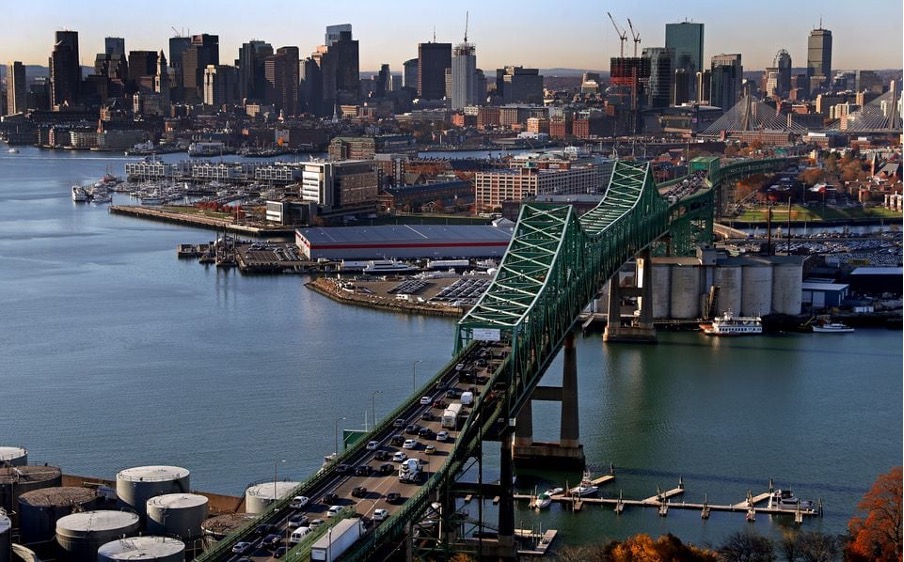 I am from Baltimore, born and bred. Grew up at the inner harbor, Patapsco River…oh yeah Hon, ain’t the beer cold and let’s get some Natty Bohs and jumbos! I now live in Southern California. I was in the desert two days ago and a young woman, who happens to be a car salesperson (I was shopping for cars) got to talking to me about the bridge collapse. Lawd have mercy…may I repeat, she’s a car salesperson…she starts in with how the Bay Pilot did it on purpose. Steered directly for the main support pillars and took out the FSK Bridge. I said, but the freighter lost power and is more or less the size of Nimitz Aircraft Carrier going eight knots and you think he can just turn it on a dime…? Her eyes glazed over…Social media has done far more harm than good is all I’m saying. You should watch this guy on YouTube. He debunks conspiracy theories-this one pertaining to FSK Bridge. – A person responding in Boston Globe.
I am from Baltimore, born and bred. Grew up at the inner harbor, Patapsco River…oh yeah Hon, ain’t the beer cold and let’s get some Natty Bohs and jumbos! I now live in Southern California. I was in the desert two days ago and a young woman, who happens to be a car salesperson (I was shopping for cars) got to talking to me about the bridge collapse. Lawd have mercy…may I repeat, she’s a car salesperson…she starts in with how the Bay Pilot did it on purpose. Steered directly for the main support pillars and took out the FSK Bridge. I said, but the freighter lost power and is more or less the size of Nimitz Aircraft Carrier going eight knots and you think he can just turn it on a dime…? Her eyes glazed over…Social media has done far more harm than good is all I’m saying. You should watch this guy on YouTube. He debunks conspiracy theories-this one pertaining to FSK Bridge. – A person responding in Boston Globe.
The above comment is from a despairing person with real knowledge, epitomised in his response to a “no nothing” conditioned by social media conspiracy misinformation, rather than looking around how much the World and seeing how vulnerable the infrastructure of the United States, both urban and rural, is at present. It is in desperate need of renewal. Above is the Tobin Bridge, the largest in New England, spanning the Mystic River connecting Boston with Chelsea, 3.2 km in length. It is a cantilever truss bridge and its structure is such that it has been considered likely to survive a hit by a 95,000 tonne container ship, unlike the FSK bridge. Yet a heavy gravel truck hit one of the pylons on the bridge in 1973 collapsing the upper deck and killing the driver of the truck. Bridges are vulnerable, especially as many are old and need updated defence mechanisms.
The collapse of the FSK Bridge is not first incident due to a ship losing power. For instance, the NYT reminded us that in 2015, a 600-foot freighter lost propulsion as it travelled along the Delaware River between New Jersey and Pennsylvania. Seconds before the vessel reached the Burlington-Bristol Bridge, it crashed into the bank of the river instead, averting disaster.
As the NYT reported this week “In the days after last month’s disaster in Baltimore, officials in Massachusetts began taking a fresh look at Boston’s Tobin Bridge, a truss span that carries more than 40,000 vehicles each day across the Mystic River but does not have a protection system for its piers.”
The authorities have relied on navigation protocols including twinning of pilot vessels to take the ships down the Mystic River, but in the light of the FSK bridge disaster, everything is up for evaluation. The problem is that there is a need to renovate America and Trump controls sufficient politicians in Congress to stop anything worthwhile occurring all in the name of his narcissistic misanthropy. He wants to block everything if it enables him to become President and then he can blame Biden for not doing anything. That may give him undue credit.
Behind Trump lurks Steve Bannon. Trump was never very intelligent even before the dementia settled in, had no sense of morality and lived in a cocoon of deceit governed by infant tantrums. Nevertheless, he was enabled to become President of the United States, by unexpectedly beating an overconfident, unloved candidate.
Underlying much of the current community angst, alienation and ethnic hatred triptych was the perceived government complacency which enabled the 9/11 attack by “vile foreign immigrants” to occur. This tragedy has had this deep psychological effect on America which has never been healed, unlike Pearl Harbour which was avenged not only by Japanese surrender but also by the atomic bombing of Hiroshima and Nagasaki.
Bannon is the person to rip open the unhealed scar. He is a nihilist – somebody who would create a Killing Fields in America under the mantra of MAGA inciting the destruction of all that he hates. By November, unless he is stopped, even Murdoch should be afraid if a demented Trump is re-elected as President. And just to remind those who are supporting Biden, Hindenburg was 85 years old, feeble but still able to pass Germany over Herr Hitler, then 43 years. Bannon is 70 – “the new 50”.
Revenge is the most primitive response of the person slighted. In contrast, take South Africa, where the atrocities of the white regime were forgiven by Nelson Mandela, reinforced by his reconciliation commission led by Archbishop Tutu. Enough was then done to sustain the integrity of the country, despite having to live with people like Zuma, a kleptomaniac as President.
Thus, a major bridge collapse is a metaphor for America. A rogue uncontrolled destructive event. Bridge protection has relied on timber palisades which have rotted and were never built to withstand being hit by the modern colossal container ship or cruise boats. Nationwide, little has been done to address the problem, although the technology exists with the pylons able to be protected.
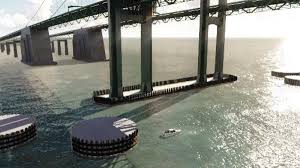
Those structures — known as dolphins — are circular concrete constructions located near a bridge’s central supports. Vessels are meant to crash into them if they veer off track in the shipping channel, diverting them from collision with the bridge. In fact, in 1980 a cargo ship crashed into one of the dolphins protecting the FSK bridge, demolishing the dolphin but sparing the bridge. Bridges need to be more strongly protected. Dolphins, if they are the solution, need to be appropriately strengthened. Apparently, the container ship which demolished the FSK Bridge avoided striking any of the dolphins already in place. The challenge that remains is to protect these essential structures, which carry a huge amount of traffic each day remain, as does my metaphor.
The latter-day conspiratorial theorists also remain.
Brain Fog
One of my co-morbidities is characterised by blood hyperviscosity. In other words, the blood flow is sluggish, and therefore the brain gets its nutrients just as sluggishly. Well, that is the theory. In any event, the cause was the level of my macroglobulins which had risen to the edge of the precipice of no return, despite me being regularly reviewed by a consultant physician. The highest level my replacement consultant specialist, an oncologist, had ever seen in a patient not hospitalised. I received an urgent call when he reviewed my blood biochemistry informing me to be emergency admitted to hospital. However, to me, his preferred destination, the Royal Prince Alfred Hospital is not somewhere I wish to go.
I successfully argued against hospitalisation and fortunately, demonstrated that as I was still writing my blog, which an independent source said made sense, I sustained my contention that I did not have brain fog. Nobody had bothered to define brain fog, and if you read the narrative about the condition, you realise after the fact how unhelpful the description is. The sensation is unlike fog over the Canberra airport, the brain circling waiting the fog to clear. There the simile ends because the cerebral affliction is not fog in the meteorological sense.
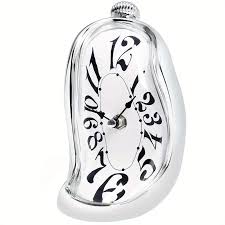 I must confess I had one small episode. I looked at my watch, and I could not connect with it telling the time. I do not know how long this episode lasted, but it was so strange, and I did not realise what it was until it cleared. It was a very strange sensation – not fog – just non-recognition of what I started out to do, read the time.
I must confess I had one small episode. I looked at my watch, and I could not connect with it telling the time. I do not know how long this episode lasted, but it was so strange, and I did not realise what it was until it cleared. It was a very strange sensation – not fog – just non-recognition of what I started out to do, read the time.
There was another sensation, which I did not immediately equate to so-called “brain fog”. When I woke up in the morning, it was as though the dream had not ended even though I felt I was awake. I am a very visual person, invoking my knowledge of neurolinguistics, which explains that I need visual clues as entry to my sense of touch and all actions derived from this sense. In other words, I am very much guided by what I see before what I do; but in this case because the visual effects were so incongruous, I moved invoking the sense of touch without reference to the visual distortion. By moving, it broke me away from that bizarre visual sensation, which I have described below. It recurred every morning, until one morning it was no longer there, presumably because the therapy started to work.
Anyway, I had this vision of a wall, always red and composed of jigsaw pieces – shapes without any order – scattered across my visual fields. Then as I moved to get up out of bed, it vanished. I tended not to think further, but then after it cleared, I wondered whether this was so-called “brain fog”.
I hope theses observations may be useful in clearing any haziness that may exist surrounding the definition of “brain fog”.
Searching for Mr Lehrmann
It was on March 2, 1836, that a delegation of 59 men gathered at Washington on the Brazos River to draft a Declaration of Independence and establish a constitution for a new nation. They declared Texas a “free, sovereign and independent republic.” Washington County, the “Birthplace of Texas,” is etched in the history books forever.
Brenham is the county seat for this historic and scenic region.
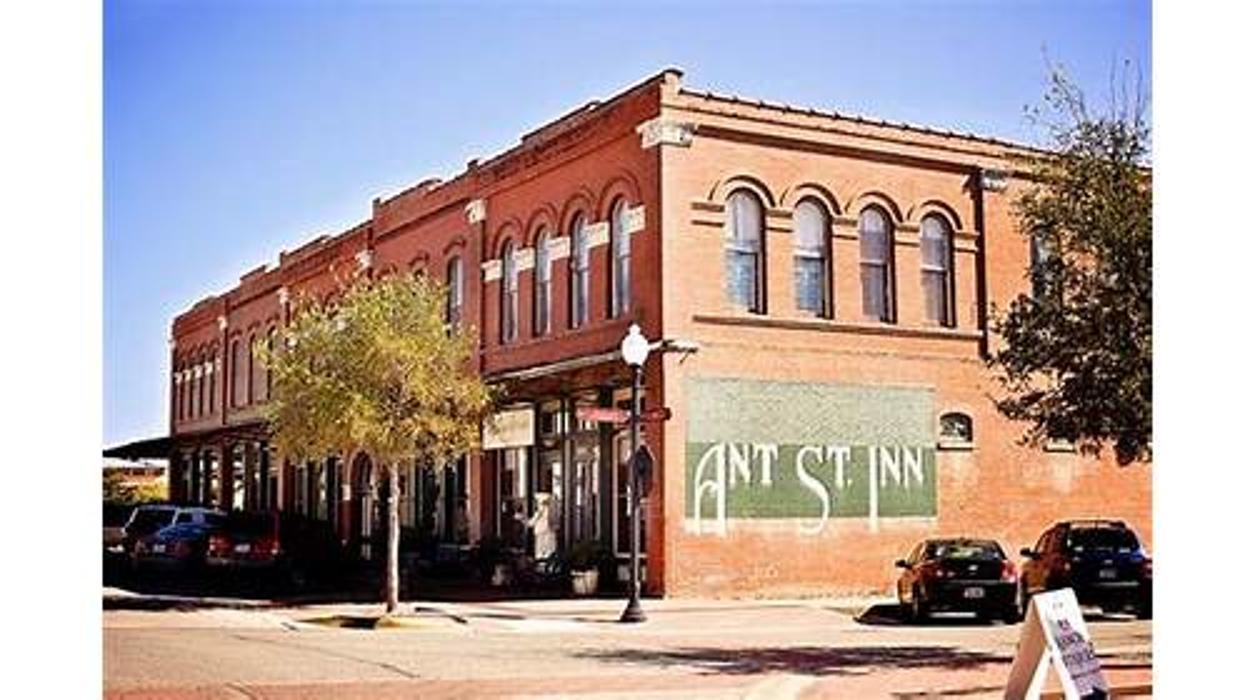
Brenham is 113km northwest of Houston and 145 km southeast of the State Capital Austin. Brenham is where Kirby Lehrmann was born in 1927. During his long life he became a successful cotton farmer in the area and a well-respected member of that Texan community. His 2020 obituary mentions as a grandson “Bruce Lehrmann of Australia”. His wife died two years before, and her obituary mentions both grandchildren “Bruce and Bobby Jane Lehrmann of Australia”.
Bruce Lehrmann was born in 1995 in Texas. His father Robert Wayne “Bob” Lehrmann was born in 1949 and married Annie Laurie Lusk (possibly cousins) in 1970. His father in 1990 subsequently married Lynden Jane Tapscott from the NSW town of Moree. He died of a heart attack in 1997, two years after Bruce had been born in the city of College Station. The Tapscotts are a well-established family in Moree; there is even a road named after the family.
While it is not clear when it occurred, after their father’s death Bruce and his sister went back to Australia with their mother.
Bobby Jane went to the Glennie school in Toowoomba, then between 2016 and 2018 attended both Queensland University of Technology (Bachelor of Journalism) and Griffith University (Diploma of Italian Language and Literature). She then had short-term jobs, before returning to Texas in 2019.
Currently she is Assistant Director of Communication for the City of College Station in Texas, incidentally the city where her brother was born. If you look at her curriculum vitae from 2016 to 2018, she was a busy person as the Bachelor degree was three years full-time and the Diploma two years part-time; but at the same time she had a number of jobs. She left Australia in 2019 and has been employed in a variety of positions in Texas since.
Her brother’s early life is more opaque than that of his sister. He attended Toowoomba Grammar School and he lived with his mother in an exclusive suburb in Toowoomba with a guy, who apparently won The Golden Casket and turned the lottery winnings into being a successful property developer in and around Toowoomba. Bruce after he left school moved to Canberra and commenced an Arts degree at the ANU.
Once you lay out the known circumstances, how can the trajectory of Bruce Lehrmann through the lounge suites of Liberal ministers be explained? Without any apparent expertise, an 18-year-old has ended up as a close adviser to the Minister of Defence. However, his private life is speckled and his fateful encounter with Miss Higgins after an alcohol-fuelled night in Canberra in 2019 tossed him into the spotlight.
He was subsequently employed by British Tobacco, who sacked him when the Higgins allegation came to light.
Having survived his 2022 ACT trial for allegedly raping Miss Higgins in 2019, Lehrmann must now face charges of rape committed allegedly in 2021. Lehrmann was first charged with rape in Toowoomba in January 2023. The matter has been the subject of numerous hearings due to prosecutors challenging the scope of medical and phone data evidence requested by his defence team. He faces court in June this year – a drawn out process.
For Lehrmann, with so many issues that must involve inter alia engagement of lawyers, here is a man who in the cold light of asking why this outsider had suddenly become a person whom the Liberal Party – backed by the right-wing media (and, as it turns out, allegedly with some of his bills being paid by Channel 7) – seems able to afford the type of legal representation that would bankrupt most people.
However, the more important question is why was this Texan-born, undistinguished man, while still a teenager, become the centrepiece of the conservative side of politics. What don’t we know?
The overlying question is why is there so much protection being afforded to Bruce Lehrmann. There is nothing in his early life to suggest anything out of the ordinary.
I wondered initially whether he was indeed Bruce Lehrman, but someone else had assumed that identity. However, I have followed the family connection, (which incidentally has just taken time but on the face of it was not particularly difficult – it is all on the public record). Thus, it would be a very elaborate stratagem to seed all the clues in order to convince us to believe that there is this different man masquerading as Bruce Lehrmann.
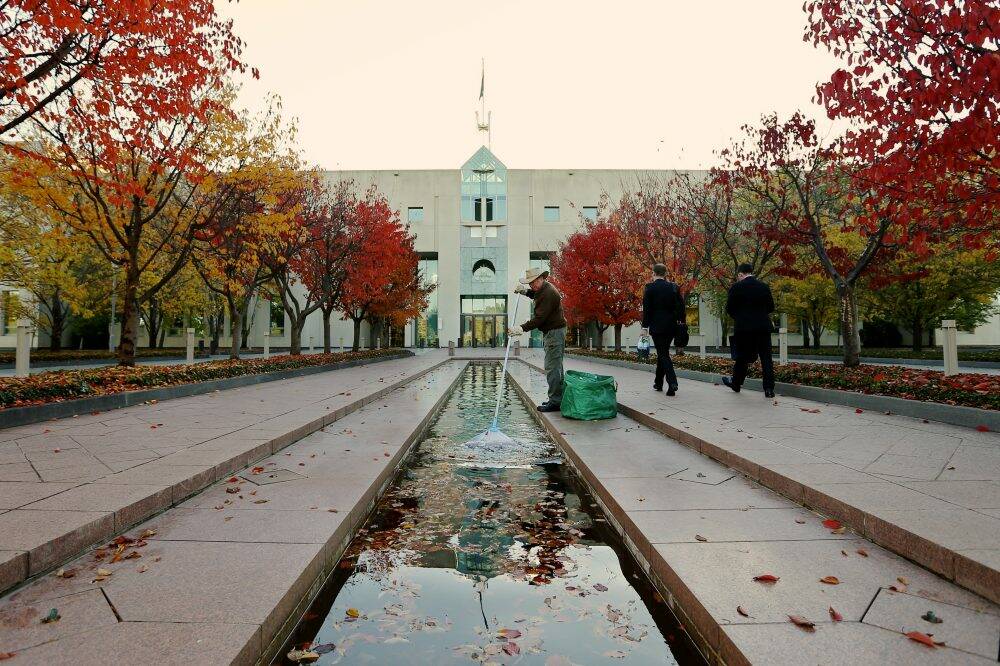
Nevertheless, the unexplained is the most intriguing. Why was this young American catapulted into the Ministerial suite, with access apparently to sensitive documentation, including the French proposal to build nuclear submarines, later aborted.
I presume he has dual nationality, and although he would qualify for employment by the CIA for instance, it would be highly unusual. But there is a kernel of an idea, especially if this innocuous character had access to the French nuclear submarine arrangements. In other words what vital information does Mr Lehrmann have to merit such almost hysterical protection.
Obviously the attention he has attracted has not been helpful to whoever is his boss, he conforming to the adage of independence of action being inversely proportional to the controversy generated. The play acting around all of Mr Lehrmann’s behaviour may be a smokescreen, drawing attention away from the real reason for Mr Lehrmann being here and not decamping back to Texas as his sister has done.
I must not be on my Pat Malone in these thoughts. There must have been some investigative journalists who have been trawling through the real reason for Mr Lehrmann being able to afford an opulent lifestyle, and whether money is being funnelled from American sources to sustain him. But then that would implicate too many people to sustain the secrecy, or would it?
The Head Tradie
Crikey’s Bernard Keane epitomises what has been lost in the modern journalists – an intelligent perspicacious grasp of what a journalist needs to do beyond vomiting up public relations written media releases.
Keane alluded to Dutton’s alleged strategy of trying to credibly claim to be “a party of the worker” while not being in favour of actual workers. In favour of workers, as Keane writes, means supporting an industrial relations system that delivers pay rises, rather than wage stagnation; one that enables workers to share the benefits of productivity growth and shifts some of the profit share of national income back to workers, reversing the trend of most of the past decade.
All of this goes against the traditional conservative constituency of the Liberal Party, the employers whether as described as “big business” or the small business employers, the shop keepers and other modest employers, people who nevertheless are employers of labour. Once, the Liberal Party could rely on the professions as part of its constituency, but not anymore.
Thus Dutton, in the end, cannot carry out his slogan if he were serious without alienating his traditional base. He may do so by using the Trump playbook of stimulating community anxiety and alienation coupled with demonising immigrants. I suspect that may get some purchase in this country, especially with right wing media backing. This is unlikely in the general population, but Albanese has such a “tin ear” that anything could happen by the next election.
The opportunity for Dutton to modify his slogan is glaringly obvious. His constituency is among the “tradies”. These are a growing important constituency of wealthy small business owners, who control much of the nation’s economy by providing vital services. This constituency does not arise from the leafy middle class but from the traditional working class. These mostly men are the electricians, the plumbers, the painters, the carpenters, the earth movers, the gas fitters, the builders. All these tradies I have used – notice how much they cost and yet how essential they are in a society where the provision of housing is approaching crisis point and where there is a scarcity of these skilled tradies.
 This is a constituency that can afford large petrol or diesel powered vehicles, enjoy hunting and fishing, can afford to take the family on holidays inter alia to Queensland, and in the main live in a male world, in the traditional heterosexual society which does not write the opinion pieces of tomorrow’s sublimation in the media ether.
This is a constituency that can afford large petrol or diesel powered vehicles, enjoy hunting and fishing, can afford to take the family on holidays inter alia to Queensland, and in the main live in a male world, in the traditional heterosexual society which does not write the opinion pieces of tomorrow’s sublimation in the media ether.
Yes, I know this is a generalisation, but analysis of the recent Dunkley election would give my hypothesis credence. Therefore, Dutton need not announce that he leads “a Party of the worker”, when tradies have separated themselves from a Labor party whose policies are now being fashioned by the cognoscenti of the inner suburbs of Sydney and Melbourne. See Sam Mostyn, yon Dutton, and see hope of your resurrection – if that is the word for a man with the mien of an undertaker if not his more aspirational worker, the grave digger.
I would be interested in Bernard Keane’s views.
Remembrance Day
 Just a reminder of what I wrote on the eve of Remembrance Day last year. I think the Australian Government should be ashamed, especially those former Prime Ministers who signed that disgraceful grovelling letter – in flowing serif, of course.
Just a reminder of what I wrote on the eve of Remembrance Day last year. I think the Australian Government should be ashamed, especially those former Prime Ministers who signed that disgraceful grovelling letter – in flowing serif, of course.
Wong, who affects this air of concern, and Albanese who is increasingly becoming a hapless jester performing in the “Opening of an Envelope” should think deeply about whether they should resign. But needless to say, they won’t. After all, Wong was the first to achieve a life-time Platinum membership of the Captains Club, a place where concern for the masses is well tranquillised.
Netanyahu seems to be emulating a version of what the Romans did to Carthage, sowing the land with salt; Netanyahu is creating mountains of rubble. How is Netanyahu going to delight his far-right constituency enshrouded in black and hatred as they do their ritual prancing. I for one was not particularly enchanted by the sight of these people spitting at Christians. What a good idea, kill every Palestinian Christian as well.
I do not condone war. I do not condone brutality. I do not condone torture. I am ashamed of former Australian Prime Ministers being seduced by the Zionists to sign a Netanyahu panegyric. At least Gillard should have known better. Paul Keating to his credit refused.
In many ways the USA has led the modern world, including Australia into a morass where any moral compass has been lost. In any comments, nobody would condone what Hamas did, any more than actions depicted in those confronting images provided by ISIS showing what they did to their prisoners during the Iraq conflict would be condoned.
Much of this criminal behaviour is done in the name of religion. My fellow Australians condone what is happening in Gaza by a group of adherents who constitute 0.4 per cent of our population, who seem collectively to be cheering one of the monstrous perpetrators in this morass, Bibi Netanyahu. We with connivance of the media have allowed a range of stunted sociopaths to glimmer in this morass trickling towards Armageddon.
Mouse Whisper
As they were driving up the ramp off the freeway, they saw a Bonza 737-MAX coming in to land at Albury airport.
She commented on its purple livery, with BONZA prominently displayed on the sides of the plane.
He said: “Like seeing a night parrot.”
For those who need an explanation, the night parrot was thought to be extinct, but rediscovered, but remains highly endangered. Mouse Esq.


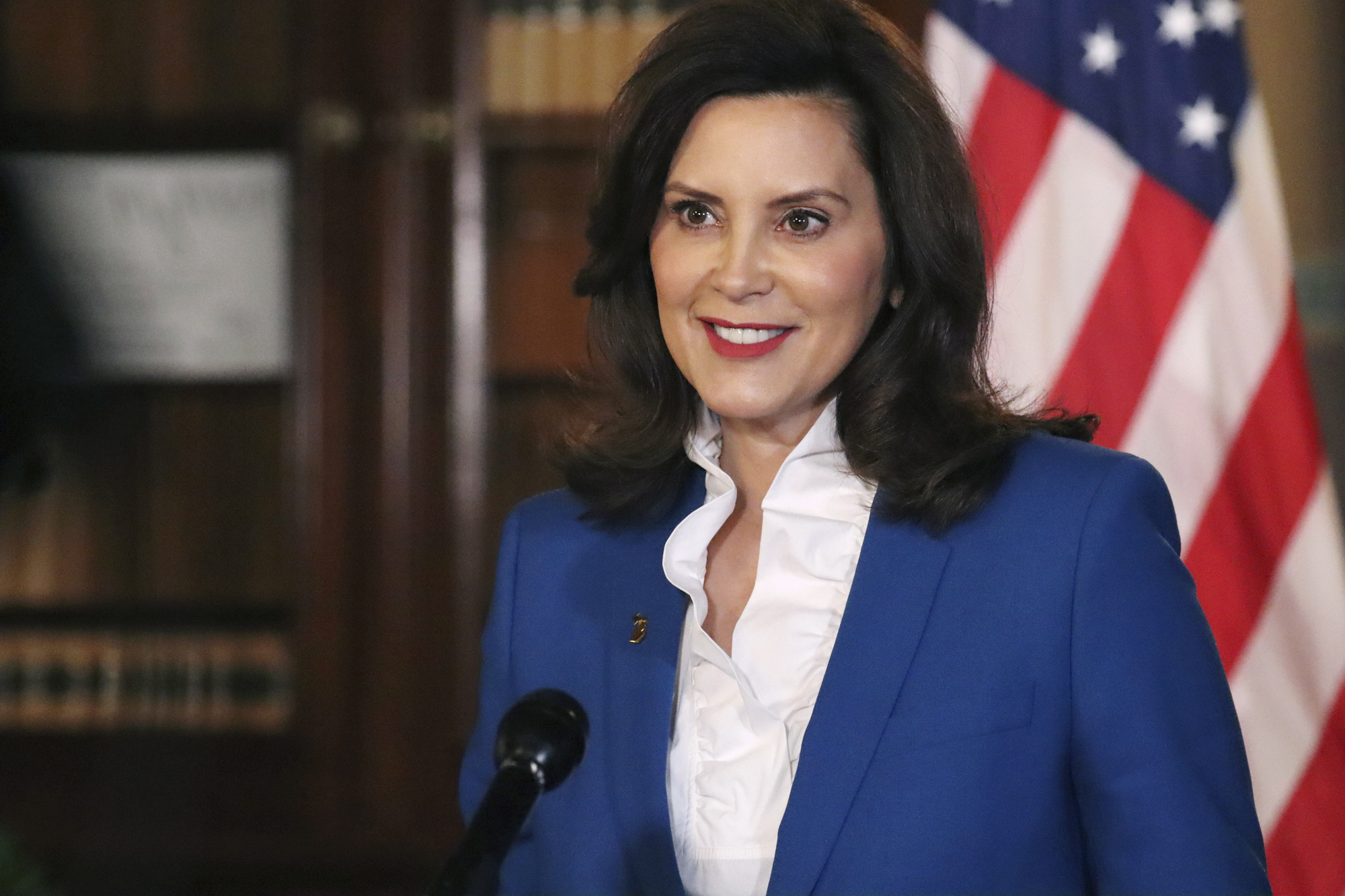
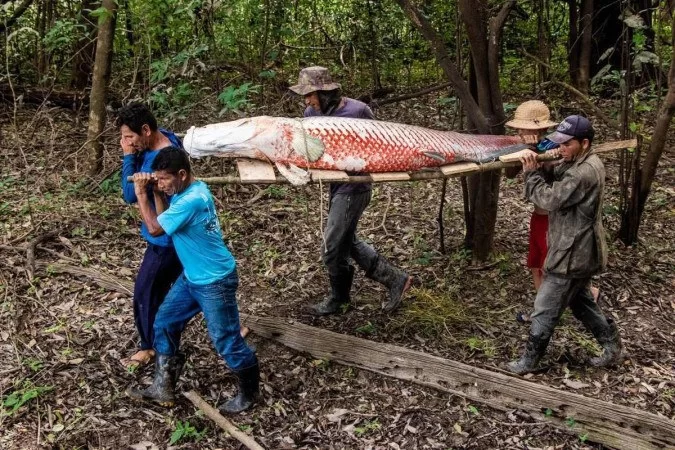

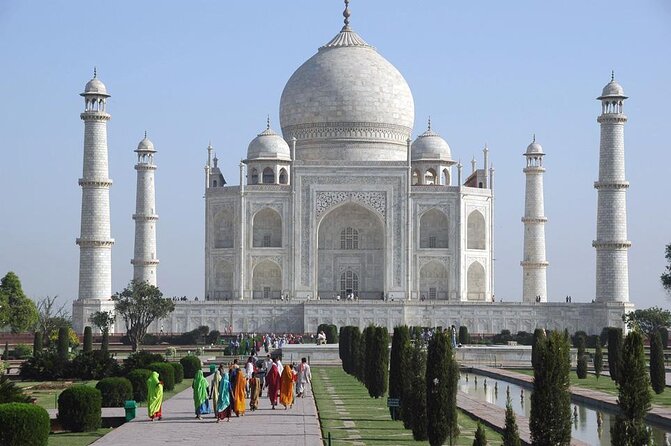
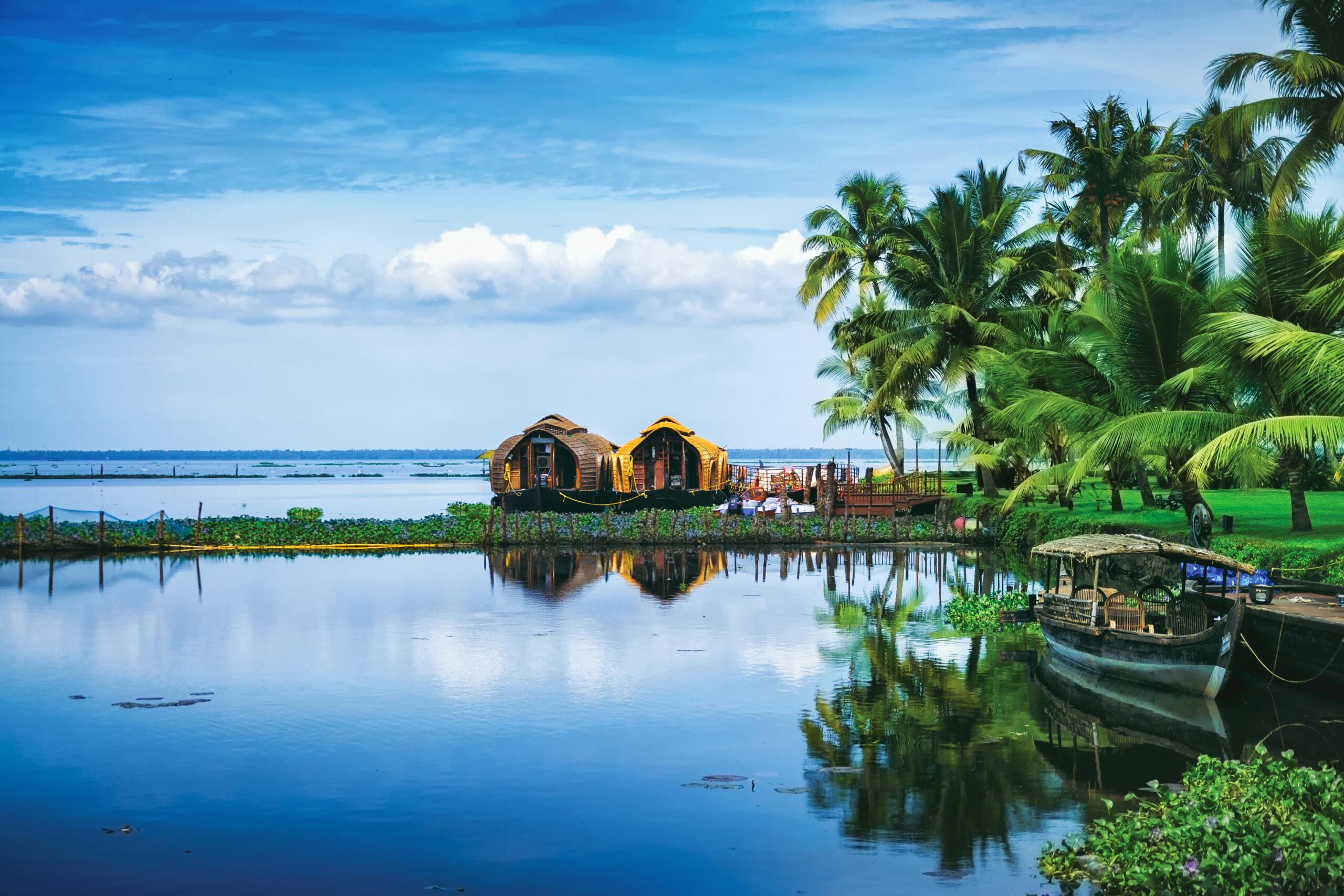
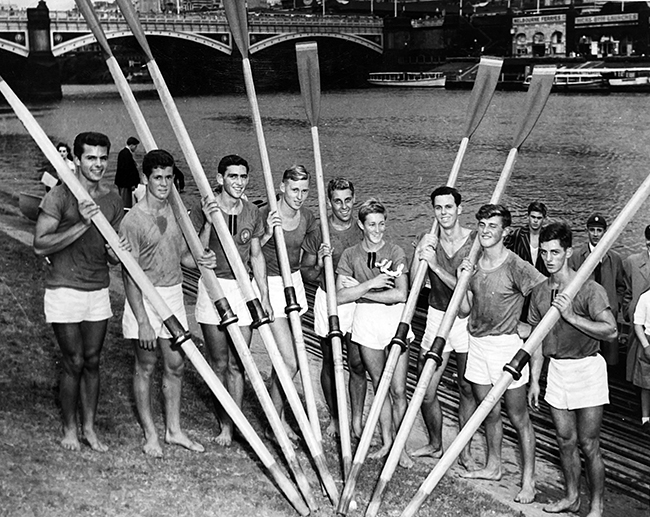 There is this photograph of the Melbourne Scotch College crew of 1957. No. 3 is Andrew Peacock; no. 6 is Anthony Staley and the Stroke was Neil Courtney. All are now dead. Peacock and Staley were rivals, even at school, vying to be the Captain of School. In the end it was Neil Courtney, also a gifted musician, who was chosen. This I knew because my father worked with his father, although I cannot recollect whether we ever met. I am not sure what he did later, apart from the fact that he died about six years ago and he rowed while at the University of Melbourne. Otherwise, the records readily available to me about him are silent.
There is this photograph of the Melbourne Scotch College crew of 1957. No. 3 is Andrew Peacock; no. 6 is Anthony Staley and the Stroke was Neil Courtney. All are now dead. Peacock and Staley were rivals, even at school, vying to be the Captain of School. In the end it was Neil Courtney, also a gifted musician, who was chosen. This I knew because my father worked with his father, although I cannot recollect whether we ever met. I am not sure what he did later, apart from the fact that he died about six years ago and he rowed while at the University of Melbourne. Otherwise, the records readily available to me about him are silent.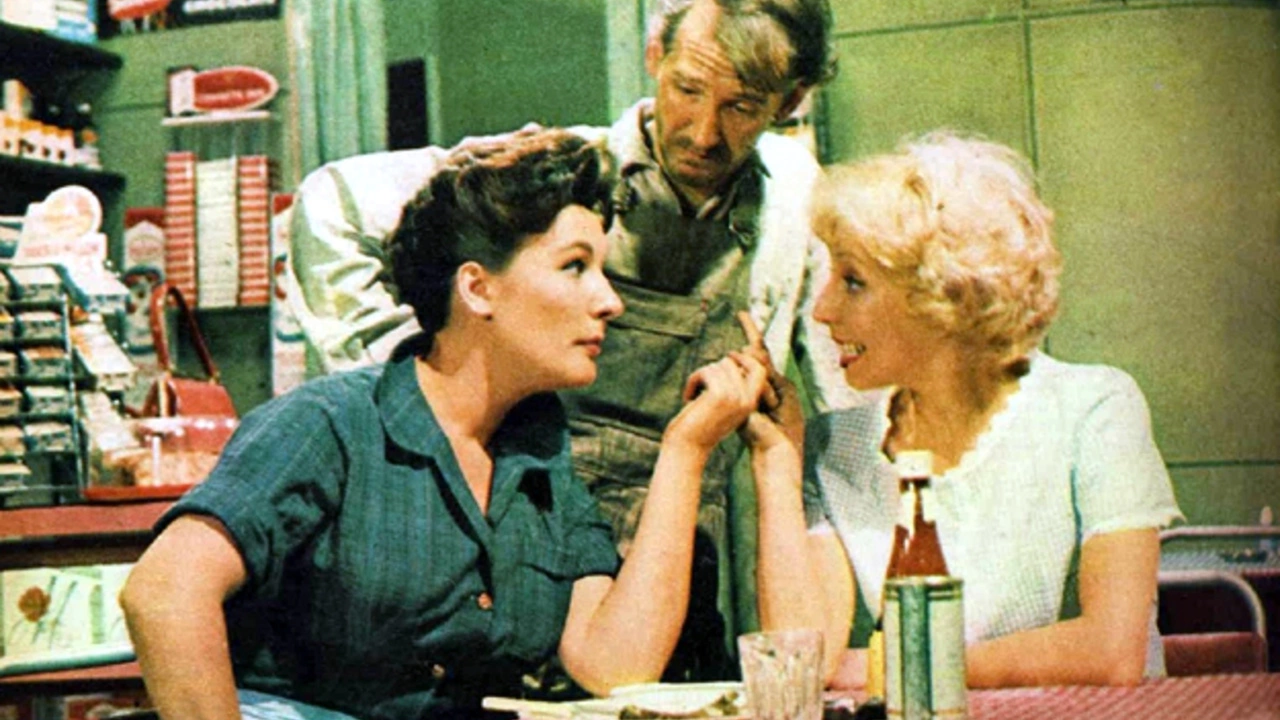
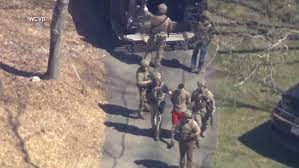
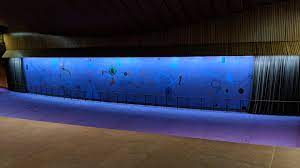
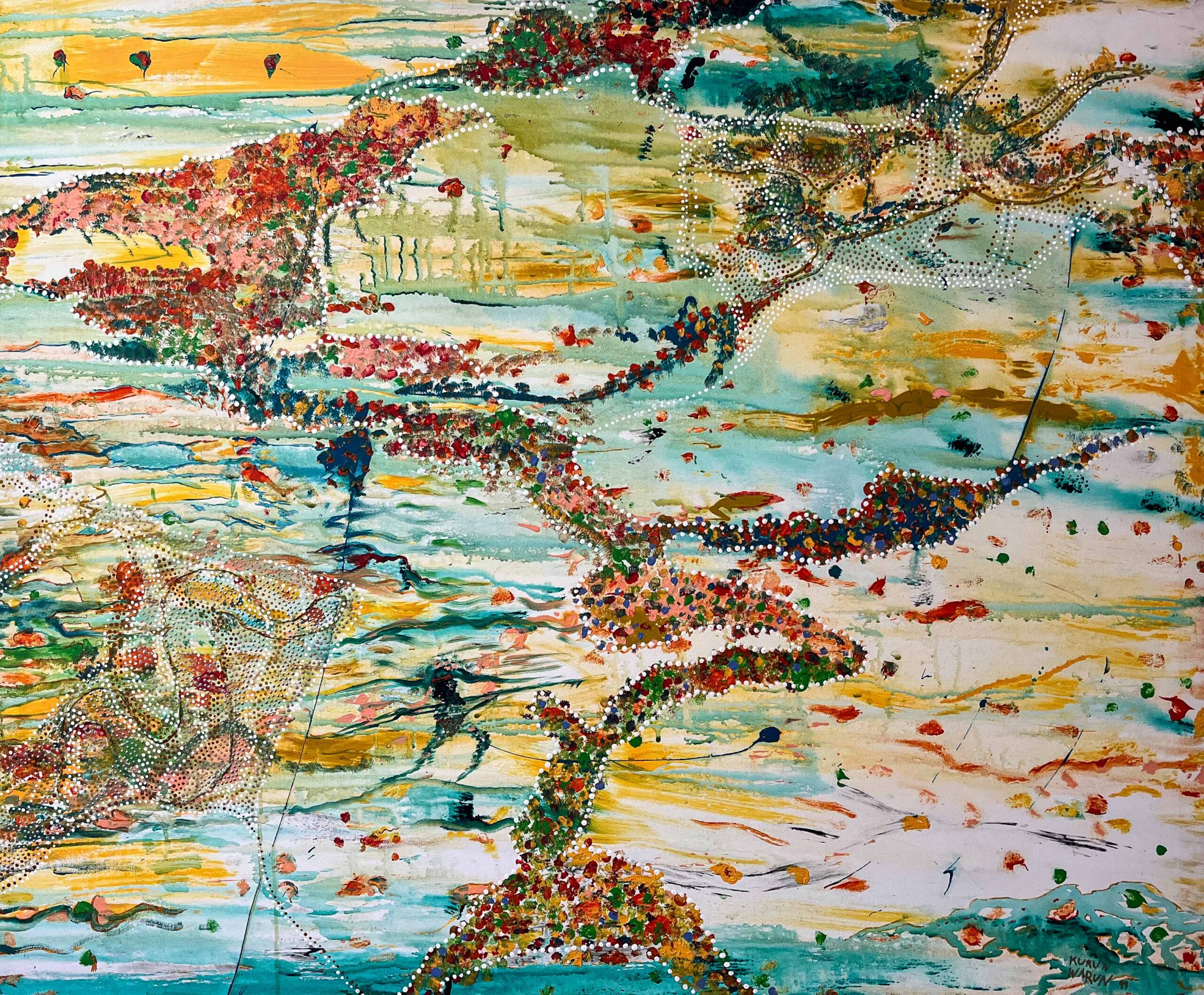
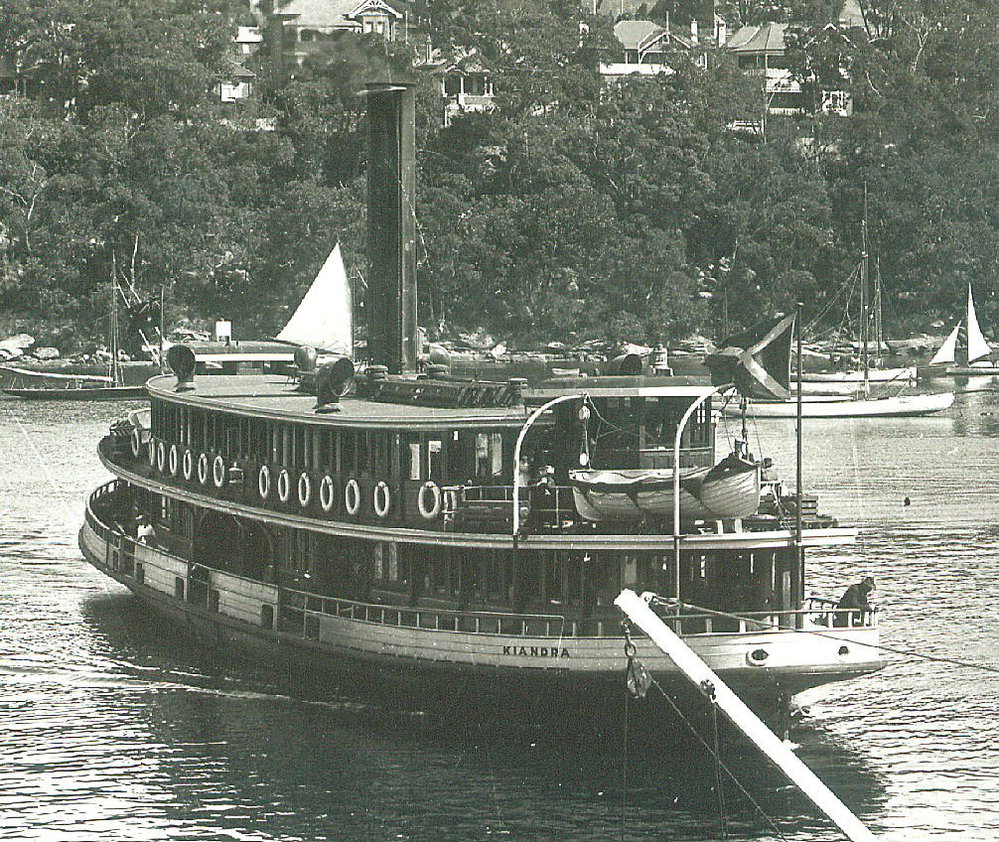
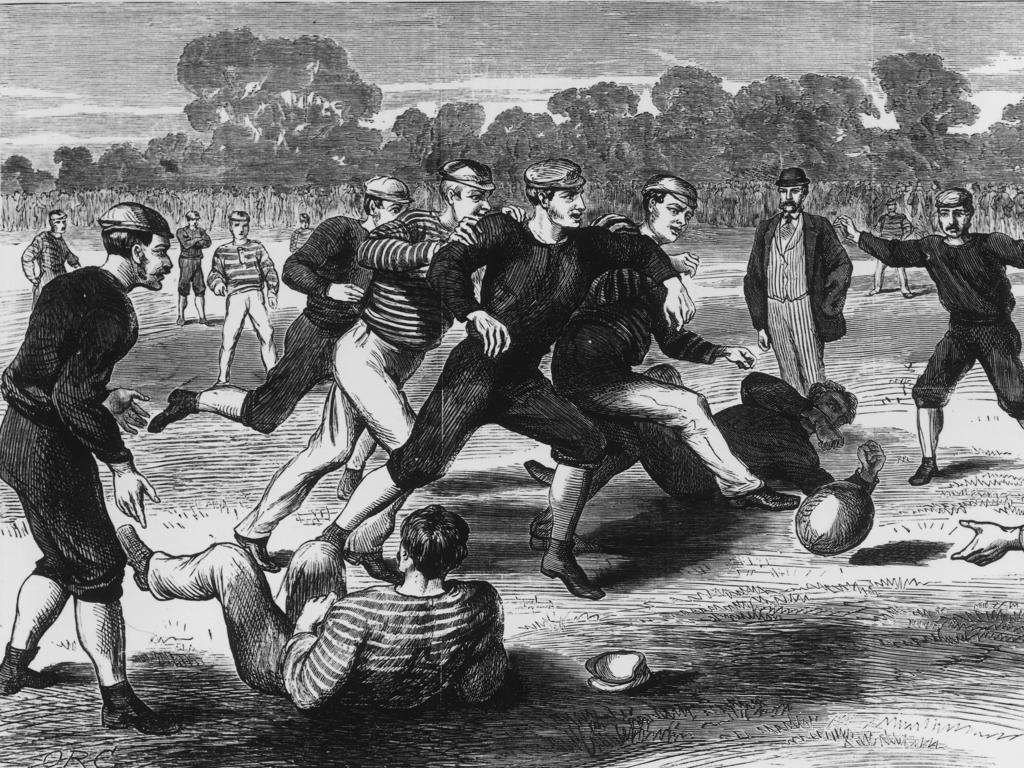
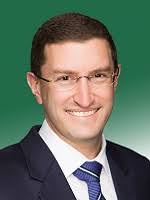 Leeser, whose stance will help him keep his once-safe northern Sydney seat of Berowra from the teals, is likely to join other high-profile backbench colleagues such as Andrew Bragg and Bridget Archer when the official “Liberals for Yes” campaign begins.
Leeser, whose stance will help him keep his once-safe northern Sydney seat of Berowra from the teals, is likely to join other high-profile backbench colleagues such as Andrew Bragg and Bridget Archer when the official “Liberals for Yes” campaign begins.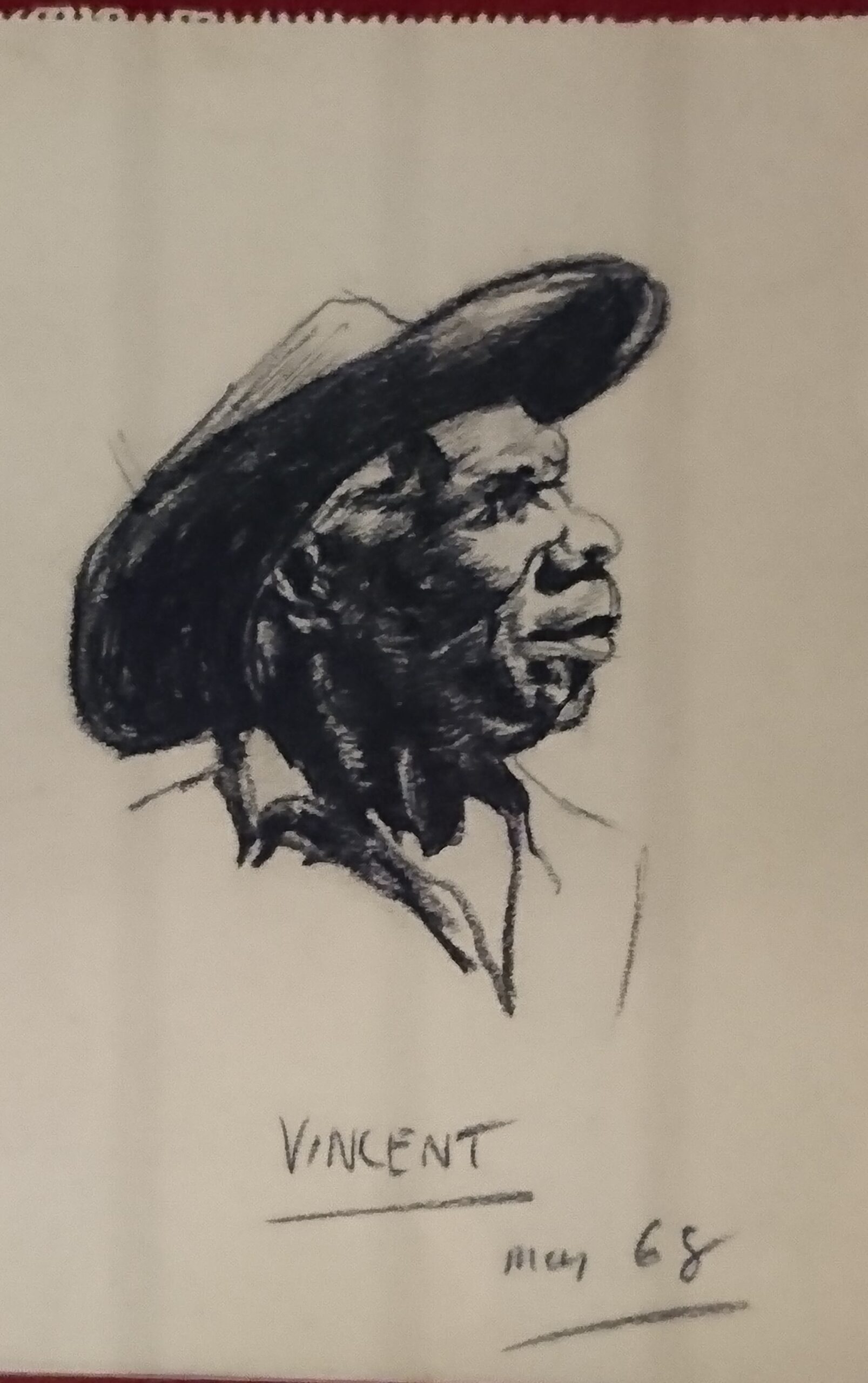

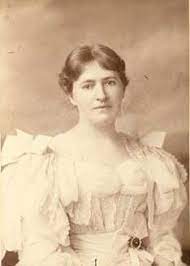

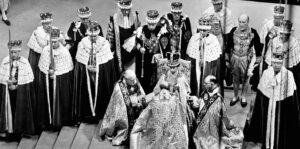
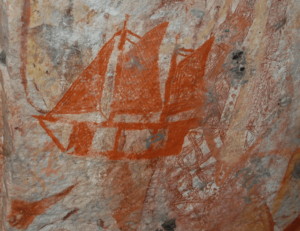
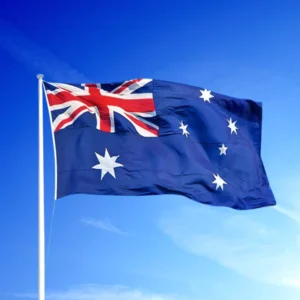
 First, I would remove the Union Jack, and re-position the Southern Cross in the night sky. I would prefer wattle as emblematic given that the Australian colours are not dark blue, but green and gold. To me, wattle provides the gold and the blue green of the eucalyptus as the background. In spring, in the southern states, the land is a tapestry of green and gold. Why do our representatives dress in a grass green colour given that this is a country of blue mountains, which essentially are the eucalyptus colour from a distance – and a suitable colour acknowledging this green merging into the blue should not be a great challenge to mix?
First, I would remove the Union Jack, and re-position the Southern Cross in the night sky. I would prefer wattle as emblematic given that the Australian colours are not dark blue, but green and gold. To me, wattle provides the gold and the blue green of the eucalyptus as the background. In spring, in the southern states, the land is a tapestry of green and gold. Why do our representatives dress in a grass green colour given that this is a country of blue mountains, which essentially are the eucalyptus colour from a distance – and a suitable colour acknowledging this green merging into the blue should not be a great challenge to mix? Others said to me, why bother? Still a lie is a lie and needs to be corrected. Now the political process, as with any combative arrangement, attracts the jackals and hyenas to feed on the carrion of this process. By this I refer to the detritus of innuendo and lies served up in the clubs, and board rooms of Australia amid the sly chortles wreathed in cigar smoke and the glittering whisky decanters on the pour.
Others said to me, why bother? Still a lie is a lie and needs to be corrected. Now the political process, as with any combative arrangement, attracts the jackals and hyenas to feed on the carrion of this process. By this I refer to the detritus of innuendo and lies served up in the clubs, and board rooms of Australia amid the sly chortles wreathed in cigar smoke and the glittering whisky decanters on the pour.